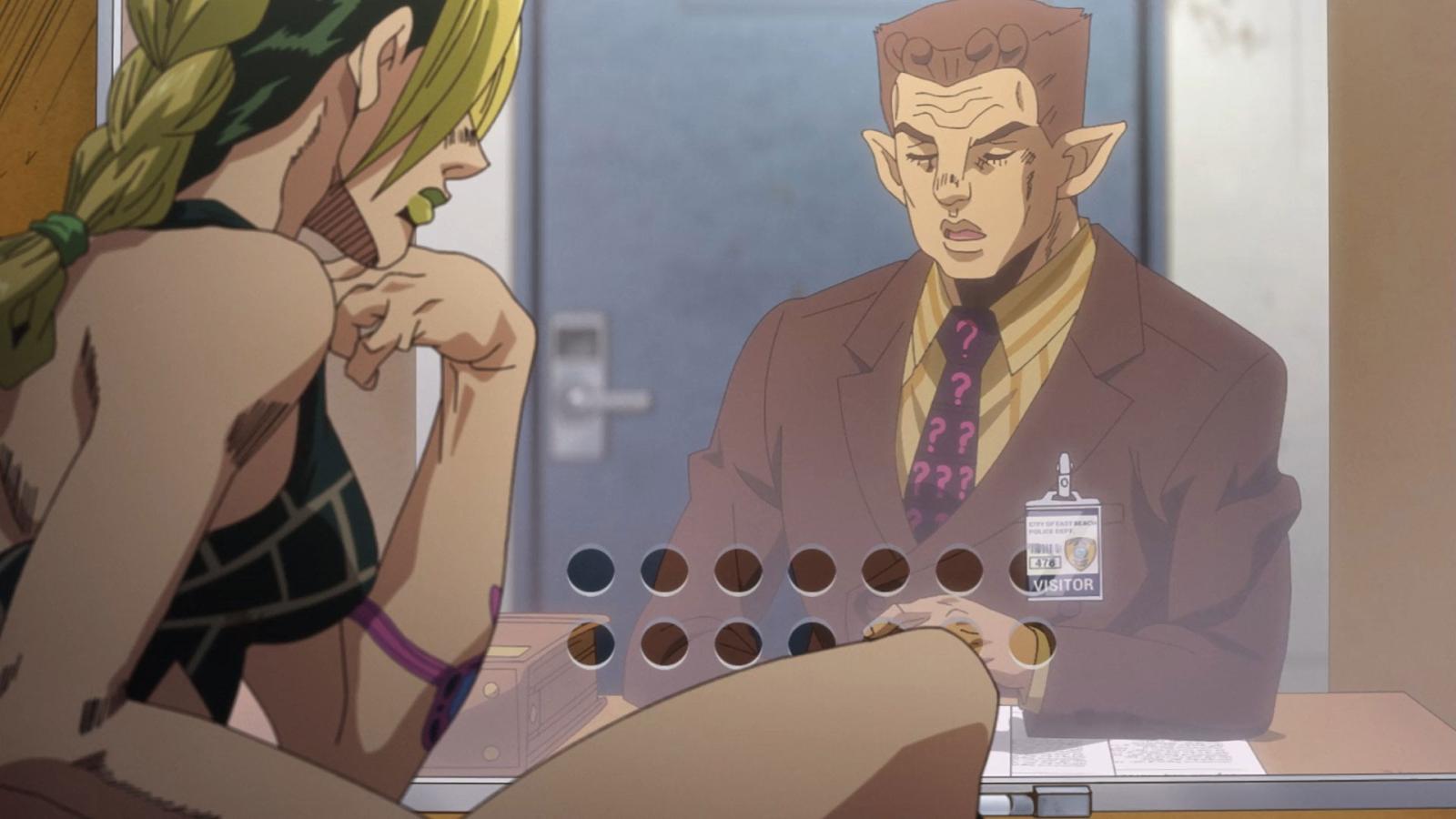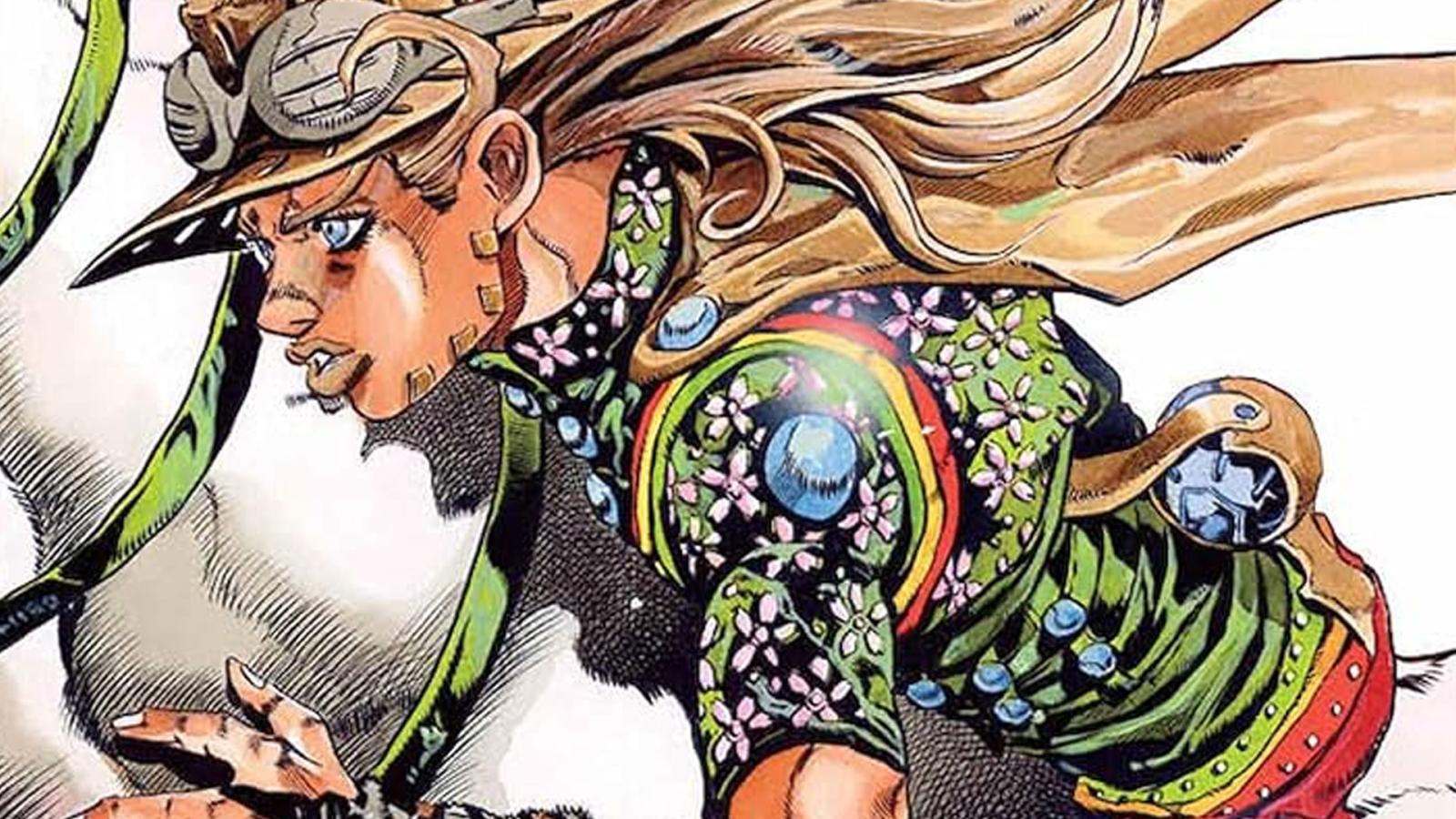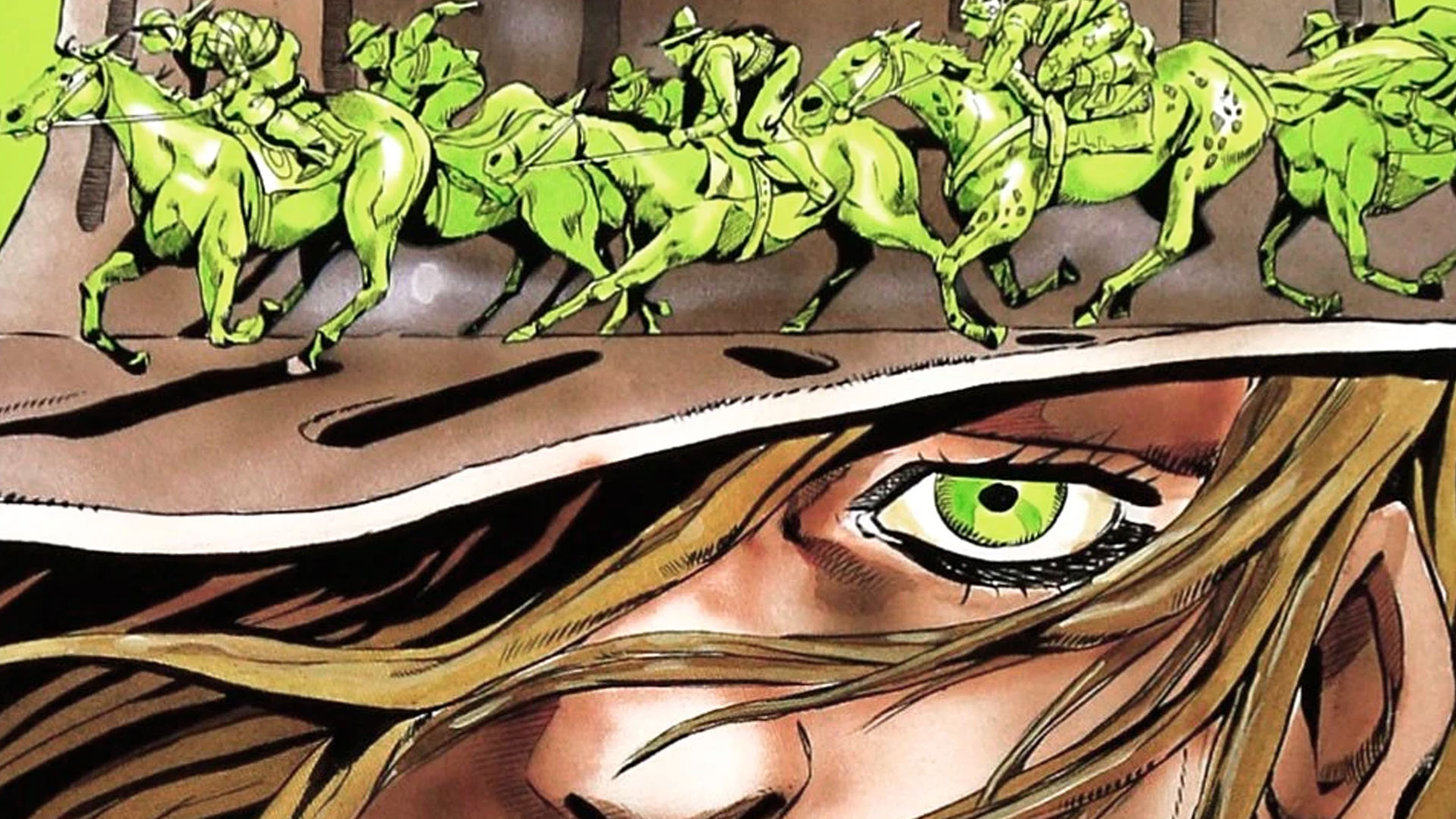Will Araki’s hyperfixations doom Steel Ball Run?
Summary
- David Production’s Jojo adaptations are a master class in following the source material.
- Steel Ball Run is the most eagerly anticipated part of Jojo.
- On top of Araki’s regular minor issues, DP will have to deal with horses. And horses are a nightmare to animate.
It took a long time for Jojo’s Bizarre Adventure (JoJo no Kimyou na Bouken) to come to the West. Despite its influence on the anime industry as a whole, its manga’s official translation to English only began in 1998 (12 years after the start of Part 1: Phantom Blood!), and even then, it was only known in the West as a cult classic. It didn’t break into its current popularity with its 13-episode OVA (first half of the story released in 2000, and the second, confusingly, in 1993) nor with the relative success of JoJo's Bizarre Adventure: Heritage for the Future fighting game. No, what made this series so well known was the 2012 anime adaptation by David Production.
Faithful adaptations of the first 6 Parts

What David Production achieved over the past 11 years could only be called magic. After all, they’ve managed to adapt 6 parts of Jojo into 5 seasons of anime (with Phantom Blood and Battle Tendency sharing the first season), featuring art style, camera work and even color palettes that are very, very close to Hirohiko Araki’s own artistic choices. And adapting these stories was not an easy matter.
For instance, Araki’s style at the beginning of Part 4: Diamond is Unbreakable is very close to how he drew Part 3: Stardust Crusaders — and it drastically changed by the end of this Part. Instead of following manga one-to-one, David Production went with the art style exhibited at the end of Part 4 in their adaptation. On top of that, anime features absolute masterpieces as its openings and endings — as well as the legendary Torture Dance in Part 5: Golden Wind.
Part 7 will be more difficult to adapt

Jojo’s Bizarre Adventure Part 7: Steel Ball Run is set in an entirely new universe, with many slightly familiar (but still different) characters from previous Parts, a whole new array of Stands, and an exciting new power system that is a distant cousin of Hamon from Parts 1 and 2. It is widely accepted as the most well-written part of Jojo, and is bound to end up on many anime fans’ Best of All Time lists.
It will also be very, very difficult to adapt.
Naturally, it features that very familiar to Jojo manga readers set of inconsistencies, as some characters change their looks, or even power sets between different chapters without any explanation. David Production have already dealt with this in Parts 1-6, although we feel like SBR has slightly more of these issues.
Moreover, horses.
Steel Ball Run is an in-universe name for a cross-continental horse race our characters take part in. We are going to see a LOT of horses, and let us tell you — both the manga and anime industries do not share Araki’s fascination with these majestic creatures. Horses are difficult to draw, even more difficult to animate, and are some of the most frequent victims of the Bad CGI curse — and David Production will have to animate a LOT of horses through this entire epic story.

